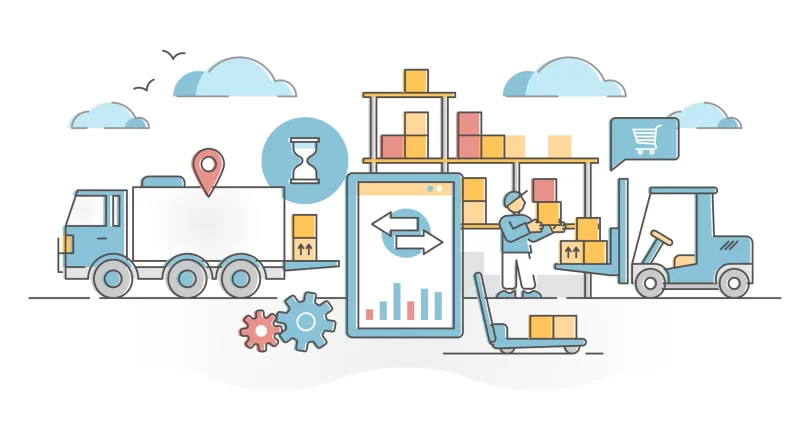The best way to scale your eCommerce business is with multiple stores. Existing on different platforms gives different pools of customers the opportunity to discover you using their favorite shopping site, helping you to reach audiences that would otherwise be inaccessible.
But if you’ve only ever stuck to one store, expanding to a multi-storefront setup across different platforms while still having full control over your inventory might seem like an impossible task. The good news is that it’s not. You just need to know how to do it—and that’s exactly what you’ll learn in this guide.
Choose the Right Ecommerce Platform(s)
Before you expand into multiple stores, the obvious question to begin with is: which platform(s) do I want to sell on?
Use the same research process as you did for your original choice of platform for your first store. Or, prioritize platforms that can be used with inventory syncing tools. For instance, Syncio is a popular tool that’s specifically for Shopify and WooCommerce stores, so you may want to stick to these platforms to take advantage of its automated inventory syncing.
Make sure your chosen platforms can also support international sales if you plan to expand and are keen for the challenge of overseas shipping. And, of course, any new platform you use for your next store should work with all the third-party systems you currently use.
Integrate a Central Inventory Management System
We’ve touched on it already, but if you have multiple stores, you’ll end up overselling and struggling with stock inaccuracies if you don’t have an effective inventory management system in place.
There’s no need to manually manage your inventory thanks to the wide availability of tools that can sync your data across channels automatically. Going the DIY route might have been fine when you owned a single store, but it’s not a practical solution if you want to scale. Instead, the better alternative is to establish a centralised system that updates product information and inventory levels in real time.
The best tools should also notify you if there are ever discrepancies between platforms, so you can keep your channels accurate and your customers happy with correct stock info.
Invest in Scalable, Customisable Tools
As your business grows, flexibility becomes all the more important. The last thing you want is to be held back from scaling by the processes you use for managing your inventory. That’s where scalable, customisable tools can give you the one-up over your competitors—you can mold them to fit your exact needs, adapting as you add new stores or start selling in new regions.
There’s no denying that setting up a multi-storefront operation with centralised inventory control is a big task to commit to. But once you’ve done the hard work and got these systems in place, they’ll not only help you reduce errors and streamline your processes, but will also give you valuable data to help your business grow just as you want it to.







